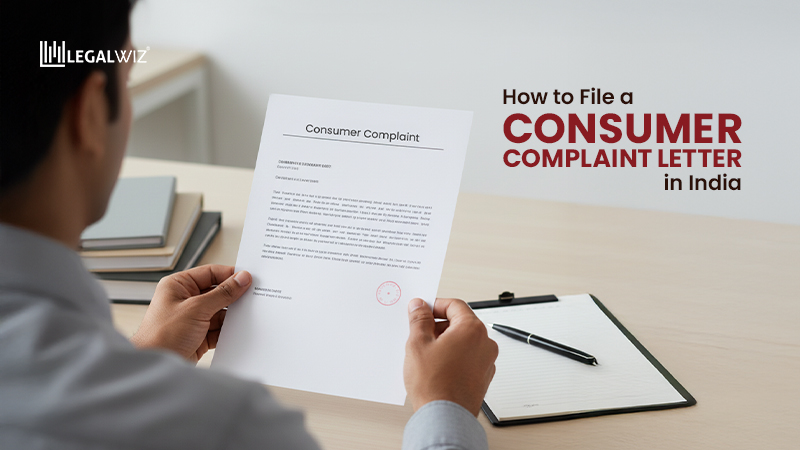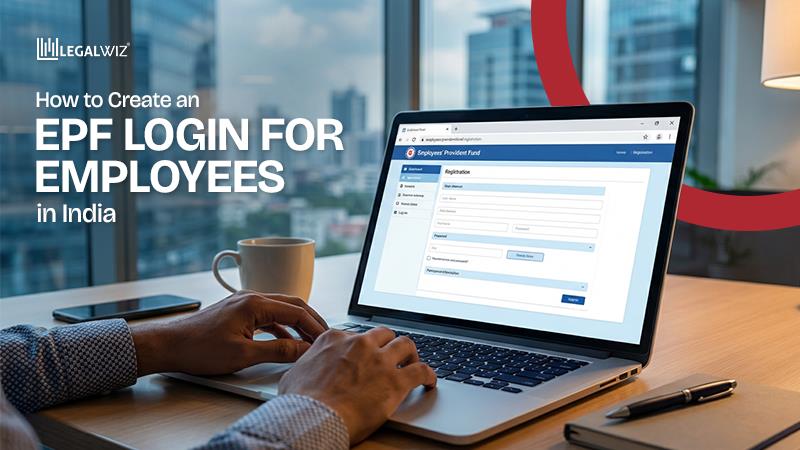Form 16C TDS Certificate for Rent
Introduction
The Indian government employs Tax Deducted at Source (TDS) as a mechanism to ensure deduction of taxes at the source of income generation. This includes various forms of income, such as salaries, interest, and rent. Sections 192 to 194 of the Income Tax Act define TDS deductions, stipulating that the payer must deduct a specific portion as tax from the payment to the payee. Different types of payments have different rates of TDS, ensuring a steady stream of tax revenue for the government. There are many different Form 16 issued on the basis of the different sources of income that TDS is deducted from. This form is very important while filing Income tax returns and TDS returns. In this article, we will learn about Form 16C.
Form 16C – TDS Certificate for Rent
When deducting TDS, the deductor is responsible for providing the deductee with a document that details the TDS deductions. In the realm of rental income, Form 16C plays a crucial role. The government introduced Section 194-IB of the Income Tax Act, which extends the scope of TDS to higher rental income groups. Individuals and Hindu Undivided Families (HUFs) that are paying rent exceeding Rs. 50,000 must deduct TDS.
Conventionally, TDS deductions required a Tax Deduction and Collection Account Number (TAN) registration. However, the new provisions allow taxpayers to deduct tax using their Permanent Account Number (PAN) and issue Form 16C as the TDS certificate. This form serves as the official document of TDS deduction by the rent payer for the rent receiver.
Difference Between Form 16, 16A, 16B, and Form 16C
Forms related to TDS can be confusing due to their variations and specific use cases. Here’s a concise breakdown of the differences:
- Form 16: Issued by an employer to employees, providing details of salary and TDS.
- Form 16A: Issued to tax deductors, containing TDS details other than salary.
- Form 16B: Issued to buyers of immovable property, outlining TDS on property sale.
- Form 16C: Issued to individuals or HUFs paying rent, indicating TDS on rent payment.
TDS Payment to the Government
After deducting TDS, the deductor must promptly deposit it with the government. This deposit should take place within 30 days from the end of the month when the TDS was deducted. Additionally, it is mandatory to submit Form 26QC – a challan-cum-statement of TDS deduction made on rent.
Moreover, electronic methods of payment, facilitated by RBI, SBI, and other authorized banks, streamline the TDS payment process. This simplifies the financial workflow, making the system efficient and reliable.
Due Date of Form 16C
Timeliness is key in TDS procedures. The deductor must file Form 16C to the landlord after withholding and depositing TDS with the government. Within 15 days of submitting Form 26QC, which records TDS deposit, Form 16C should reach the landlord. Delays can lead to penalties – a fine of INR 100 per day of delay.
Conclusions
With the introduction of Section 194-IB of the Income Tax Act, the process of TDS deduction has become more accessible, allowing taxpayers to utilize their PAN for deduction and issuance of Form 16C. This certificate not only represents TDS deductions but also underscores the importance of adhering to due dates for both TDS payment and certificate submission. In this era of digital transactions, electronic methods of TDS payment to authorized banks provide convenience and efficiency, aligning with the government’s push towards a digital economy. Additionally, you can also easily get your Form 16C from the TRACES portal.
By understanding the nuances of Form 16C and its role in TDS procedures, taxpayers can ensure compliance, mitigate penalties, and contribute to a seamless taxation system. In conclusion, Form 16C exemplifies the government’s commitment to enhancing tax collection mechanisms while simplifying processes for both taxpayers and landlords. Embracing its significance ensures not only compliance but also a better understanding of the evolving landscape of taxation in India.
Frequently Asked Questions
What is Form 16C for TDS on Rent?
Form 16C is a TDS certificate specifically designed for individuals or HUFs paying rent. It denotes the amount of TDS deducted from the rent payment and serves as an official record of the deduction.
Who needs to deduct TDS on rent?
All individuals and HUFs paying rent exceeding Rs. 50,000 are required to deduct TDS under Section 194-IB of the Income Tax Act.
What is the difference between Form 16 and Form 16C?
Form 16 is issued by an employer to employees, providing salary and TDS details. Form 16C is issued by individuals or HUFs paying rent, detailing TDS on rent payment.
What is the due date for furnishing Form 16C to the landlord?
Form 16C must be provided to the landlord within 15 days of submitting Form 26QC, which records TDS deposit.
Can TDS payment be made electronically?
Yes, TDS payment can be made electronically through authorized banks like RBI, SBI, and others using methods like NEFT, RTGS, or online banking.

Monjima Ghosh
Monjima is a lawyer and a professional content writer at LegalWiz.in. She has a keen interest in Legal technology & Legal design, and believes that content makes the world go round.







